Word: Ayu Arman
SILENT WITNESS OF THE WORLD WAR II BATTLE IN PAPUA

Seventy-five years ago, Biak Island became the battlefield for World War II between Japan and the Allies. This island is a silent witness to the biggest and most destructive conflict in history. With the result there are many relics of World War II in Biak.
One of them is the Binsari Cave Site or Japanese Cave which became the battlefield for Japanese and Allied soldiers. This natural cave was used as a hiding place, logistics centre, and defence for the Japanese army during World War II in 1943-1945.

Allied troops under the leadership of General Douglas MacArthur later learned that the logistics centre for the Japanese army was in Biak. So, on June 7, 1944, the allies immediately dropped bombs and fuel drums to this cave until it destroyed part of the cave, and the rest formed a large hole, like forming a valley around the cave.

Approximately 3,000 Japanese soldiers were killed and buried alive in the cave. The corpses of Japanese soldiers trapped in the cave were only successfully moved around the 1970s. There are hundreds of skulls, the bones of the legs and arms are still intact.
It is said that in the past, the screams of the ghosts of Japanese soldiers who were buried in the cave were often heard. However, after some of the bones were returned to Japan for cremation, there were no more strange voices in the cave.
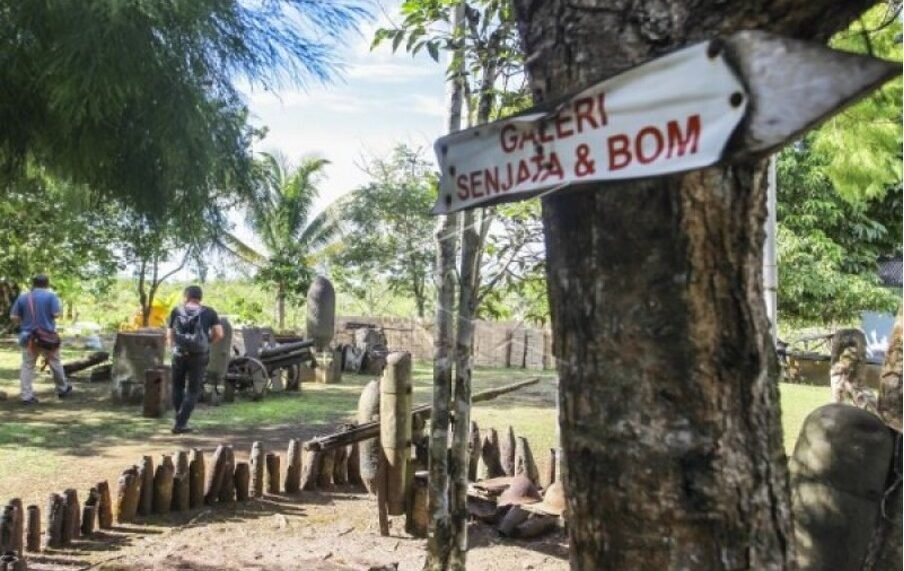
There are also many remains of mortars, bullets, weapons, car and plane wrecks which are evidence of the enormity of the attack on the cave which has a depth of about 45 meters and a length of 180 meters.
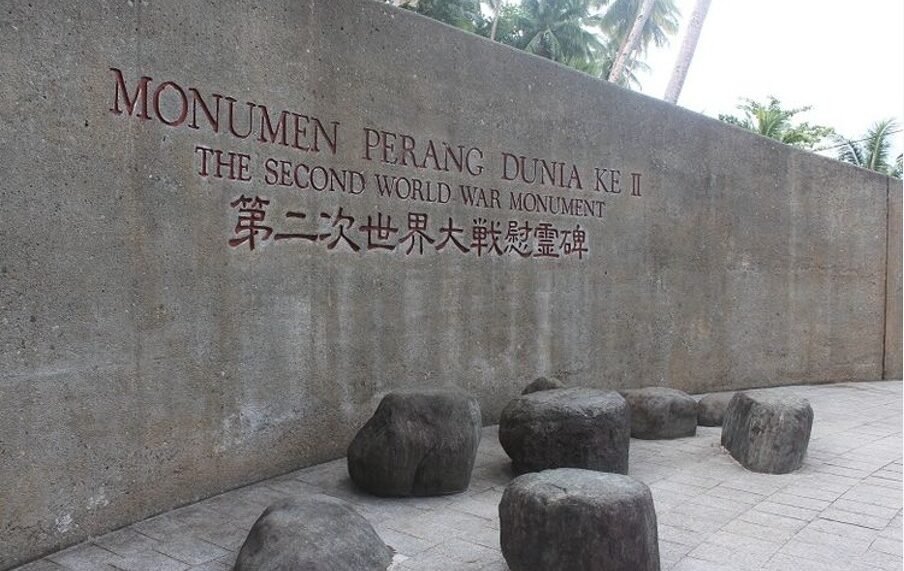
To commemorate the historical event, a World War II Monument was built in Paray Village, which is located between Mokmer and Bosnik, seven kilo meters from Biak City in 1994. And the Bensari cave, known as the Japanese cave, was later designated as one of the historical attractions of World War II. in Biak Regency, Papua.

When I visited the cave a few weeks ago, I saw weapons and objects from the second world war neatly arranged along the road entering the mouth of the cave. Among these are light weapons and heavy weapons such as bullets, helmets or Japanese army hats, Japanese planes, bombs, tableware, samurai, pistols and medical supplies such as medicines, and items from allies.
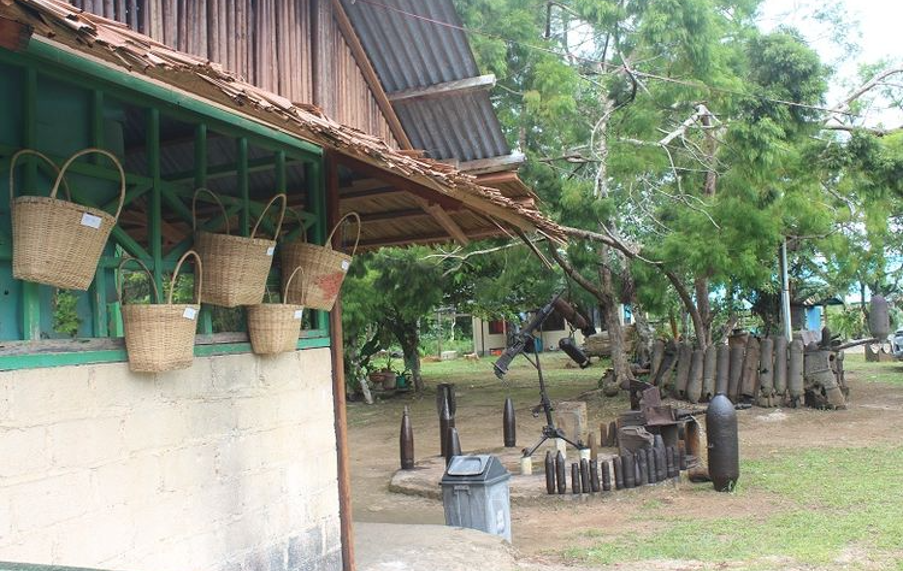
Ahead of the cave there is an information center that reserve various ammunition and weapons belonging to both Japanese and Americans used in the Biak battle. To enter the cave, you are charged 25,000 Rupiah per person and paid to the information center guard.
From the information center, I walked along a concrete road about 300 meters to the mouth of the cave which still looks natural. In the middle of the road there are two huts to take shelter when it rains and a memorial to the Japanese soldiers who were involved in the battle in the cave. The cave is about 50 meters down the stairs that have been made by the local government, so you don’t need to wear special shoes to enter the cave.
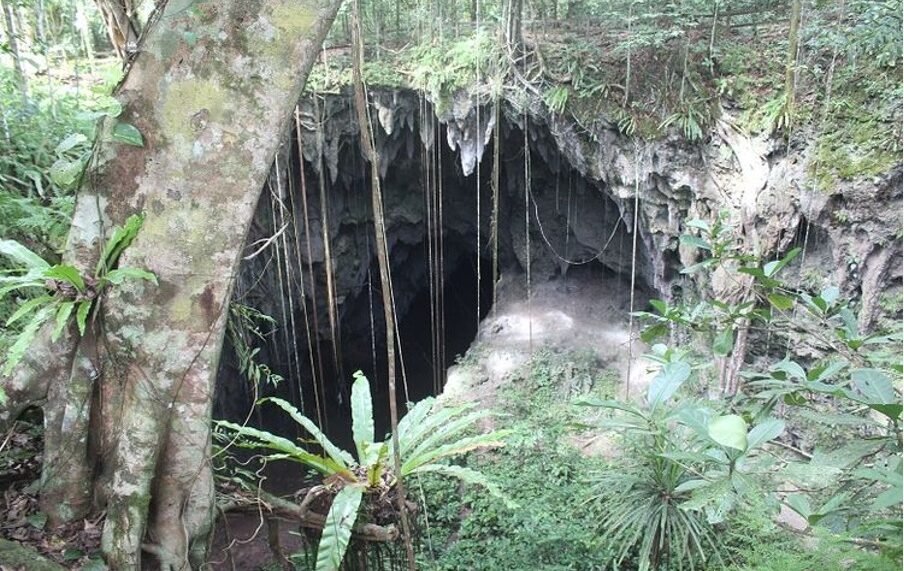
Under a very large banyan tree, evidently that there is a gaping hole to the bottom of the cave. From above, the atmosphere inside the cave looks dark and quiet. Tall trees with leaves scattered over the road give a mysterious atmosphere to this tourist spot.
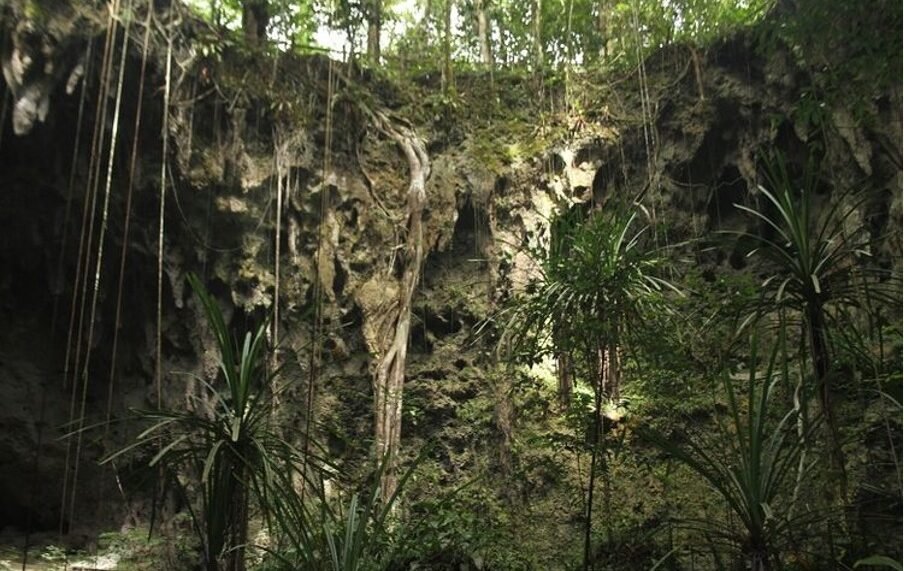
The first time I felt scared because the atmosphere of the cave looked terrifying from the outside. Moreover, the history of the cave which is the ‘grave’ of the Japanese army. However, I dared to go down and enter the cave. Because I wanted to see what this historic place was actually like.

I passed the stairs which are long enough to go down. I finally arrived at the mouth of a very large cave. The door of the cave is decorated with stalactites that are tapered and dripping water down. The sound of gurgling groundwater adds to the shady and mysterious atmosphere of this fairly humid cave.
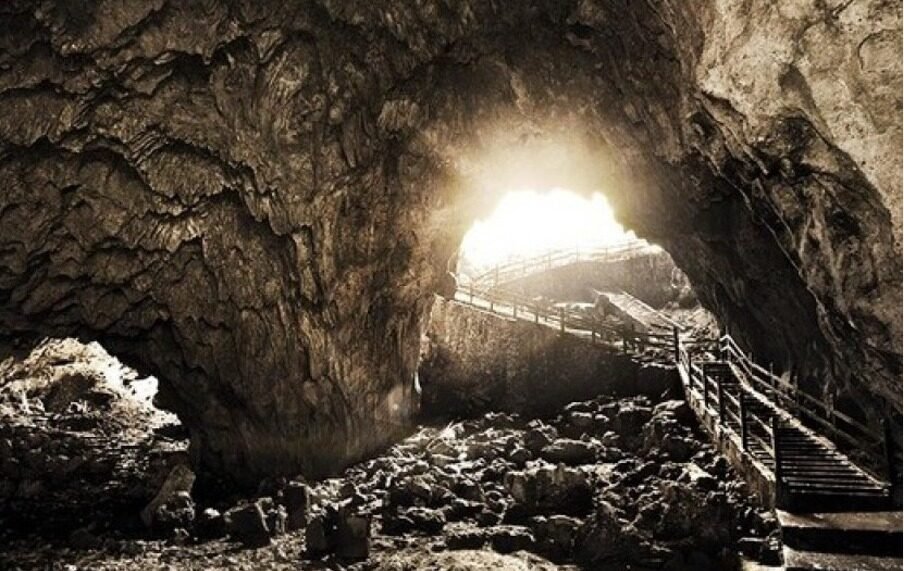
It appears that not all sides of this cave are dark and dreadful. On the inside it looks luminous because there is a gaping hole above. The hole is there before entering the cave. Moreover, the roots of old trees that spread along the walls of the cave make a classic ornament of its own in this mysterious cave. In another corner, the cave wall is overgrown with several green plants.

The crew of this cave is broad and wide enough so that it is not too difficult to breathe when entering the narrow cave passage. We can freely explore every corner of the cave which is shaped like a large hall with stalactites and stalagmites that are still intact.

Visiting the cave was the finaly of my two-week trip to the Yapen Islands, Papua, to research a biographical book for the regional head of the Yapen Islands Regency at the end of 2022. And, I feel my physical energy recovering and fresh after nearly 30 minutes I sat still quietly, aligning my breath with the energy in this cave. The cave for me not only holds historical value but also as a place to “refine” extraordinary energy.
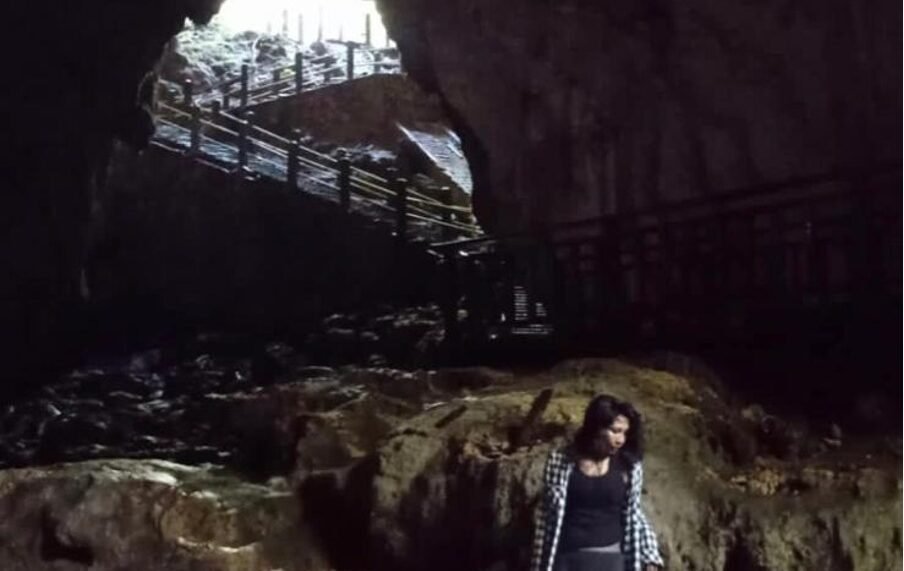
Are you interested in going down and experiencing this Binsari Biak cave? Come on, schedule a trip with us. We are ready to be your guide to explore the beautiful and magical nature of Papua.
